Brothers Livio (1911-1979), Pier Giacomo (1913-1968), and Achille (1918-2002) Castiglioni were born in Milan and worked side-by-side as industrial designers and architects.
In 1938, shortly after graduating from the Polytechnic University of Milan, Pier Giacomo, along with his brother Livio, founded a small architecture firm in Milan. They worked together with architect Luigi Caccia Dominioni to design interiors, furniture, and other objects, such as the Caccia Cutlery Set (1938) and the Fimi-Phonola 547 Radio (1939). Achille joined his two older brothers in their design practice after graduating in 1944 with a degree in architecture from the Polytechnic University of Milan. In the early years, the Castiglioni studio derived its main income from exhibition design, but they also restored buildings destroyed by the war, such as the Palazzo Della Permanente in 1952. Livio left to start his own practice in 1952; today, he is best known for his Boalum Lamp for Artemide (1970/71)—a light featuring internally lit, flexible plastic tubing—which he co-designed with Gianfranco Frattini (1926-2004).
Working in the midst of the Italian design Renaissance of the 1950s and ’60s, both Achille and Pier Giacomo were dedicated to creating visually appealing, yet technically innovative designs. They played a vital role in the foundation of the Compasso d’Oro prize, for decades recognized as one of the world’s most prestigious industrial design awards. Achille was also head of Facoltà di Architettura at the Politecnico, where he influenced a generation of Italian designers. Their legacy is still felt today, as they are among the most celebrated designers of the 20th century—especially among diehard design lovers. Their prolific output included many collaborations with major Italian manufacturers, such as Flos for lighting, Zanotta for furniture, and Alessi for home goods. Other prestigious clients include B&B Italia, Bernini, Brionvega, Danese, Gavina, Kartell, Knoll, Moroso, Poggi, and Siemens.
Both Achille and Pier Giacomo were keenly interested in experimenting with new materials and techniques for industrial production. One notable example is “cocoon skin,” a material composed of sprayed polymer plastic fibers that solidified into a flexible membrane; the brothers initially saw a this substance used by the US military, and soon after acquired the patent. The Castiglioni brothers used this resin applied over a steel structure to create the iconic, cocoon-like forms of their Viscontea Lamp (1960), Taraxacum Chandeliers (1960), and Gato Table Lights (1960) for Flos.
Additionally, the brothers were eager to find inspiration in the everyday, and, as such, they often worked with found objects and components. Standout pieces in this vein include the Mezzadro Seat (1954-7) and Sella Seat (1957), both eventually put into production by Zanotta, and the Arco Floor Lamp (1962) and Toio Floor Lamp (1962), both produced by Flos.
Pier Giacomo unfortunately died early in 1968; Achille continued to work on his own until his own death in 2002. Today, many of the brothers’ designs are on display at museums and galleries around the world, including the Vitra Design Museum in Germany, the Victoria & Albert Museum in London, and the MoMA in New York. In honor of their achievements and contributions, over the course of their careers, they collectively received nine Compasso d´Oro awards. Today, Castiglioni lighting is highlysought-after on the vintage market.
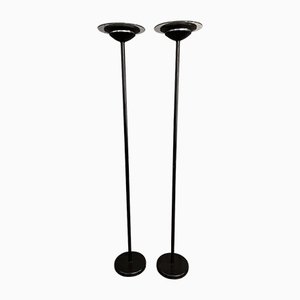

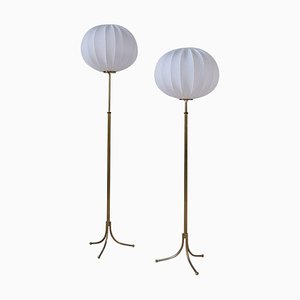


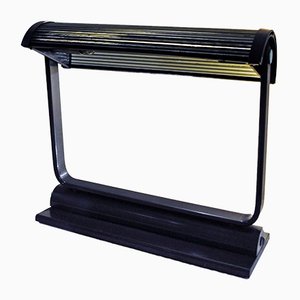
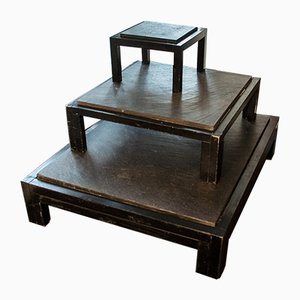

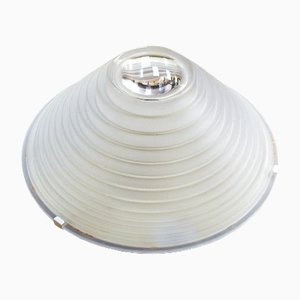
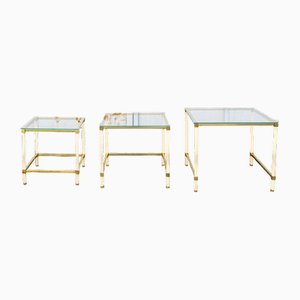



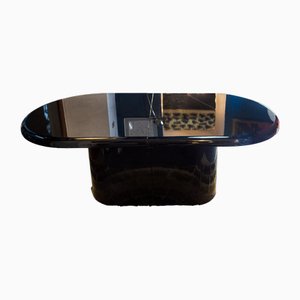
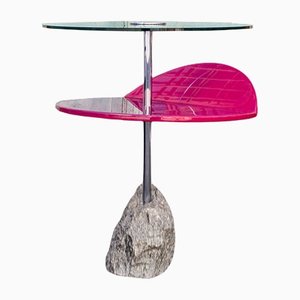
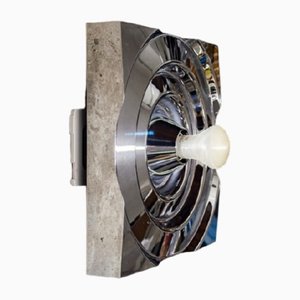
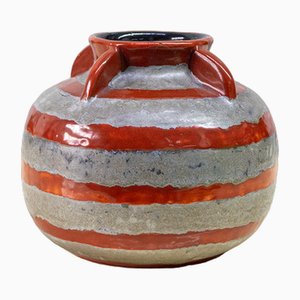
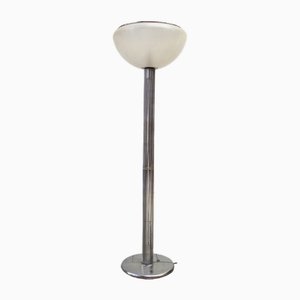
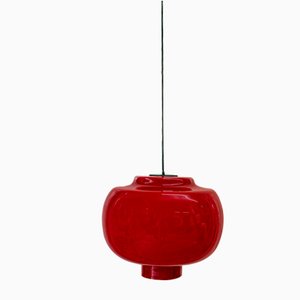
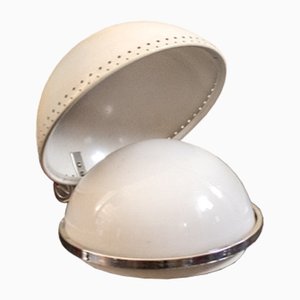

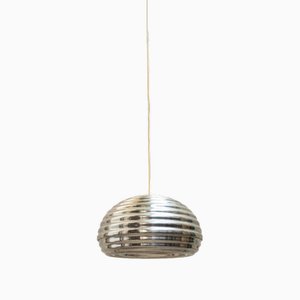
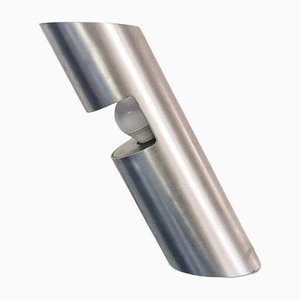
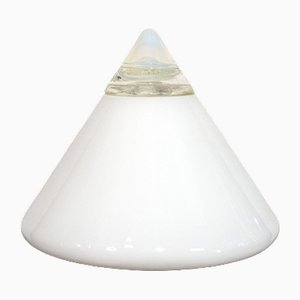
Get in Touch
Make An Offer
We noticed you are new to Pamono!
Please accept the Terms & Conditions and Privacy Policy
Get in Touch
Make An Offer
Almost There!
To follow your conversation on the platform, please complete the registration. To proceed with your offer on the platform, please complete the registration.Successful
Thanks for your inquiry, someone from our team will be in touch shortly
If you are a Design Professional, please apply here to get the benefits of the Pamono Trade Program